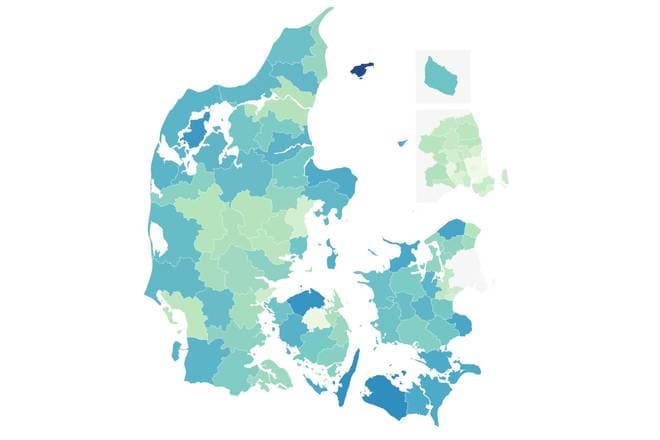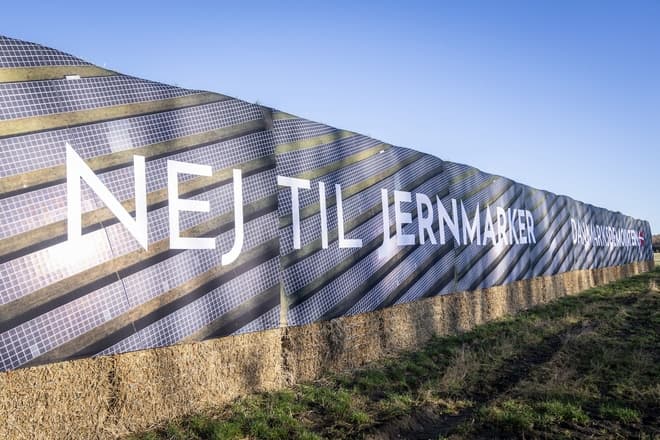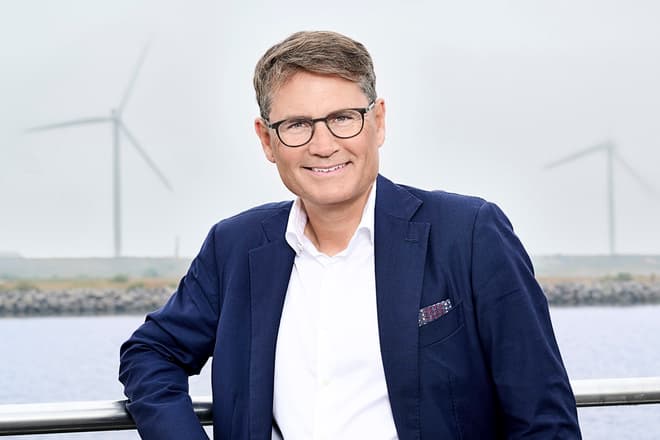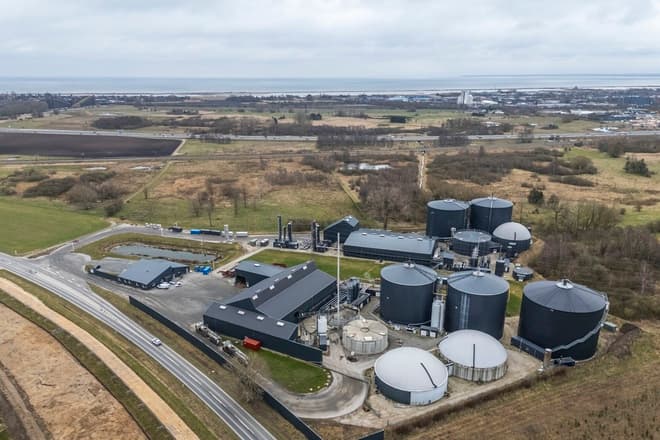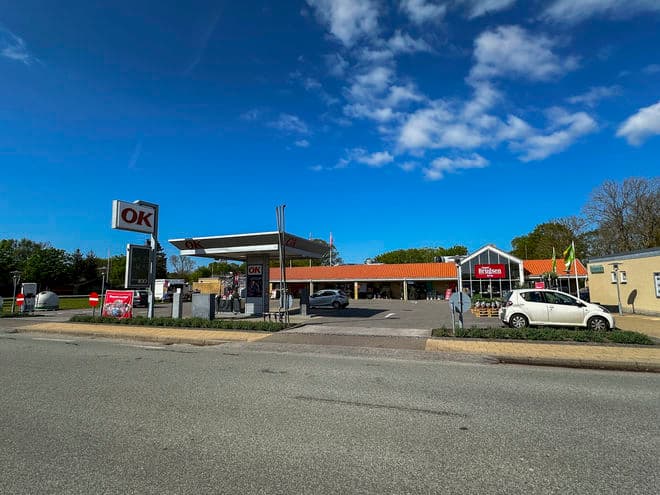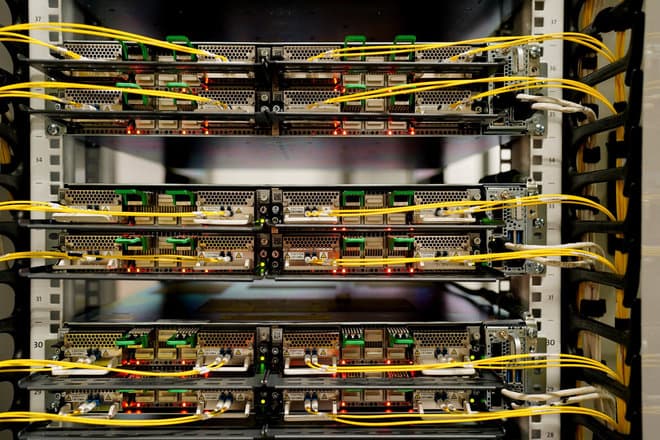
One of the two gas pipes that cross the border between Denmark and Germany may become part of the hydrogen infrastructure of the future. Energinet is currently investigating whether the pipe is suitable for transporting hydrogen, which places stricter requirements on materials and density.
The 94 km long and 12-year-old gas pipe between Egtved and Ellund is being inspected from the inside with special equipment and exposed from the outside by sample excavations. Hydrogen molecules are smaller than methane molecules, and it is therefore necessary to test whether the pipe and its components such as welds and valves can withstand the load. This is stated by Energinet.
- We expect that gas consumption in not only Denmark, but Europe will fall, and in the future there will no longer be a need for both of the two gas pipes across the border. It makes perfect sense to reuse one as part of a Danish hydrogen system. This makes the hydrogen project cheaper when fewer new pipes need to be dug into the ground, and it will ensure that the hydrogen project can be completed faster, says Michael Linnemann Pedersen, Head of Hydrogen Development at Energinet.
The inspection is carried out, among other things, with a so-called "pig" - a measuring instrument that is sent through the pipe and collects data on its internal condition. At the same time, data from 14 selected locations on the route is analyzed to assess the interaction between materials and hydrogen.
- We expect that gas consumption in not only Denmark, but Europe will fall, and in the future there will no longer be a need for both of the two gas pipes across the border. It makes perfect sense to reuse one as part of a Danish hydrogen system. This makes the hydrogen project cheaper when fewer new pipes need to be dug into the ground, and it will ensure that the hydrogen project can be completed faster, says Michael Linnemann Pedersen, head of department in Hydrogen Development at Energinet.
The inspection work is scheduled to be completed before the summer holidays. At the same time, Energinet is working on a business case for the planned hydrogen pipeline – called “Syvtallet” – from the Esbjerg area to the German border. The goal is for the Danish hydrogen system to be put into operation in 2030.
amp
Text, graphics, images, sound, and other content on this website are protected under copyright law. DK Medier reserves all rights to the content, including the right to exploit the content for the purpose of text and data mining, cf. Section 11b of the Copyright Act and Article 4 of the DSM Directive.
Customers with IP agreements/major customer agreements may only share Danish Offshore Industry articles internally for the purpose of handling specific cases. Sharing in connection with specific cases refers to journaling, archiving, or similar uses.
Customers with a personal subscription/login may not share Danish Offshore Industry articles with individuals who do not themselves have a personal subscription to Danish Offshore Industry.
Any deviation from the above requires written consent from DK Medier.


